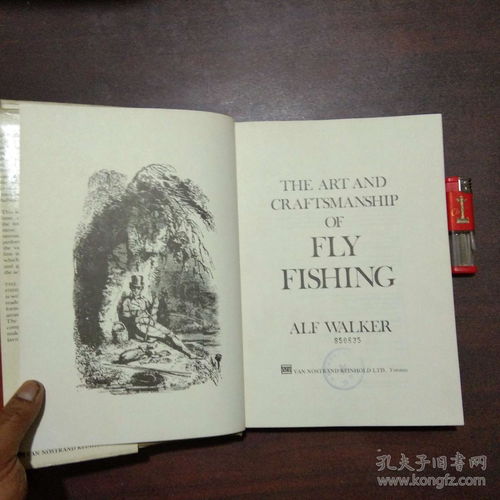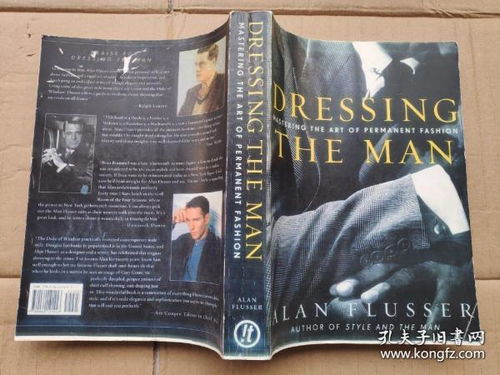Content:
Fishing is a popular outdoor activity that requires patience, skill, and precision. One of the most crucial skills in fishing is casting, which involves throwing your fishing line and lure out into the water. A good casting technique can make the difference between catching a fish and watching it swim away. In this article, we will provide you with a step-by-step guide to help you improve your fishing casting techniques, along with a visual representation of the process.
Choose the Right Equipment
Before you start practicing your casting techniques, it's essential to have the right equipment. A good quality fishing rod, reel, and line are essential for successful casting. Make sure your rod is appropriate for the type of fishing you're doing and that your reel is properly matched to your rod. Also, ensure that your line is in good condition and has the appropriate weight for the fish you're targeting.
1 Selecting a Fishing Rod
When choosing a fishing rod, consider the following factors:
- Length: The length of your rod should be suitable for the type of fishing you're doing. Longer rods are better for casting long distances, while shorter rods are more versatile for close-range fishing.
- Action: The action of a rod refers to how it bends when you cast. Fast-action rods are more sensitive and ideal for casting light lures, while slow-action rods are more forgiving and better for casting heavy lures.
- Power: The power of a rod refers to its strength and durability. A strong rod is better for catching larger fish, while a lighter rod is more suitable for smaller fish.
2 Choosing a Reel
When selecting a reel, consider the following factors:
- Type: Spinning reels are ideal for casting light lures, while baitcasting reels are better for casting heavy lures and catching larger fish.
- Line Capacity: Make sure your reel has enough line capacity to accommodate the length of line you'll be using.
- Drag: The drag on your reel should be strong enough to handle the fish you're targeting without breaking the line.
3 Selecting a Line
When choosing a line, consider the following factors:
- Weight: The weight of your line should match the weight of your lure. Heavier lines are better for casting heavy lures, while lighter lines are suitable for casting light lures.
- Material: Monofilament lines are the most common and versatile, while fluorocarbon lines are more sensitive and better for casting in clear water.
- Diameter: Thinner lines are more sensitive and easier to cast, but they may break more easily under pressure.
Learn the Basic Casting Techniques

There are several basic casting techniques you can learn to improve your casting accuracy and distance. Here are three popular techniques:
1 The Overhand Cast
The overhand cast is the most common casting technique and is suitable for casting light lures. Here's how to perform it:
- Hold your rod with a comfortable grip, positioning your thumb and index finger on the reel handle.
- Stand with your feet shoulder-width apart and point your rod towards your target.
- Back your rod slightly, then accelerate it forward with a smooth, continuous motion.
- As you accelerate the rod, release the line by opening your thumb and index finger.
2 The Sidearm Cast
The sidearm cast is a more advanced technique suitable for casting heavy lures and covering longer distances. Here's how to perform it:
- Hold your rod with a comfortable grip, positioning your thumb and index finger on the reel handle.
- Stand with your feet shoulder-width apart and point your rod towards your target.
- Back your rod slightly, then turn your wrist and forearm to position the rod at a 45-degree angle to your body.
- Accelerate the rod forward with a smooth, continuous motion, releasing the line as you do so.
3 The Roll Cast
The roll cast is a versatile technique suitable for casting in tight spaces or when you need to cover a short distance. Here's how to perform it:
- Hold your rod with a comfortable grip, positioning your thumb and index finger on the reel handle.
- Stand with your feet shoulder-width apart and point your rod towards your target.
- Back your rod slightly, then position the line on the water's surface with your index finger.
- Accelerate the rod forward, rolling the line off the water as you do so.
Practice and Refine Your Casting Techniques
Now that you've learned the basic casting techniques, it's time to practice and refine your skills. Here are some tips to help you improve:
- Start with short casts and gradually increase the distance as you become more comfortable.
- Practice casting in different directions and angles to improve your accuracy.
- Pay attention to your casting form and make adjustments as needed.
- Use a casting practice mat or target to help you track your casts and identify areas for improvement.
By following this step-by-step guide and practicing regularly, you'll be well on your way to mastering the art of casting and becoming a more skilled angler. Happy fishing!












